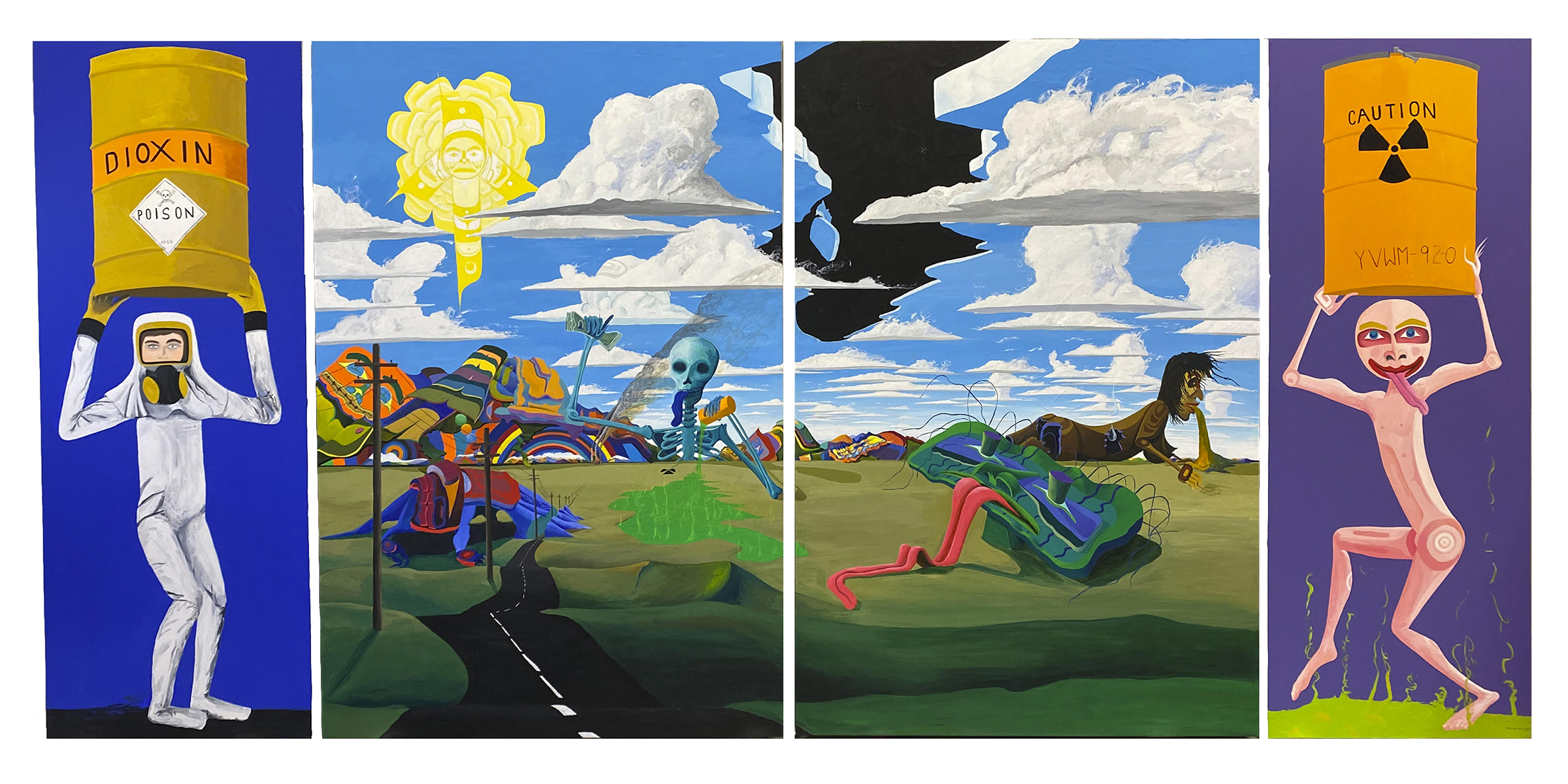Lawrence Paul Yuxweluptun Lets’lo:tseltun
Lawrence Paul Yuxweluptun (b.1957) is one of Canada’s most outspoken and influential contemporary native artists. Of Cowichan (Hul’q’umi’num Coast Salish) and Okanagan (Syilx) descent, he is one of the most outspoken and influential contemporary artists in Canada today. Yuxweluptun presents his ideas through hard-hitting, polemical, but also playful artworks that now span a forty year career. Yuxweluptuns’ works can be brutal critiques of issues such as land title, residential schools, and the destruction of the environment, making him a pivotal voice in contemporary art. He lives and works on unceded, traditional and ancestral xʷməθkʷəy̓əm (Musqueam), Sḵwx̱wú7mesh Úxwumixw (Squamish), and səl̓ilw̓ətaʔɬ (Tsleil-Waututh) territories.
The artist has participated in more than 24 pivotal exhibitions at venues like the Heard Museum (2023), Philbrooke Museum of Art (2023), Eiteljorg Museum (2022, Indianapolis, Indiana), the Haus der Kulturen der Welt, Berlin (2023), Crown-Indigenous Relations and Northern Affairs Canada (CIRNAC) Indigenous Art Collection (2021-2023, Sussex Courtyards in Ottawa), McMichael Canadian Art Collection (2021, Ontario), Montreal Museum of Fine Art (2020, 2021, Montreal), Crystal Bridges Museum of American Art (2018-2020, Bentonville, Arkansas), SITE Santa Fe (2018, New Mexico), the Art Gallery of Ontario (2017, Toronto), the Vancouver Art Gallery (1997, 2005, 2006, 2011, 2020), the National Gallery of Canada (2013, 2014, Ottawa, Ontario) and the Banff Centre for the Arts (2003, Alberta). In 2016, the Museum of Anthropology at the University of British Columbia mounted a major 30-year survey of his work, titled Unceded Territories.
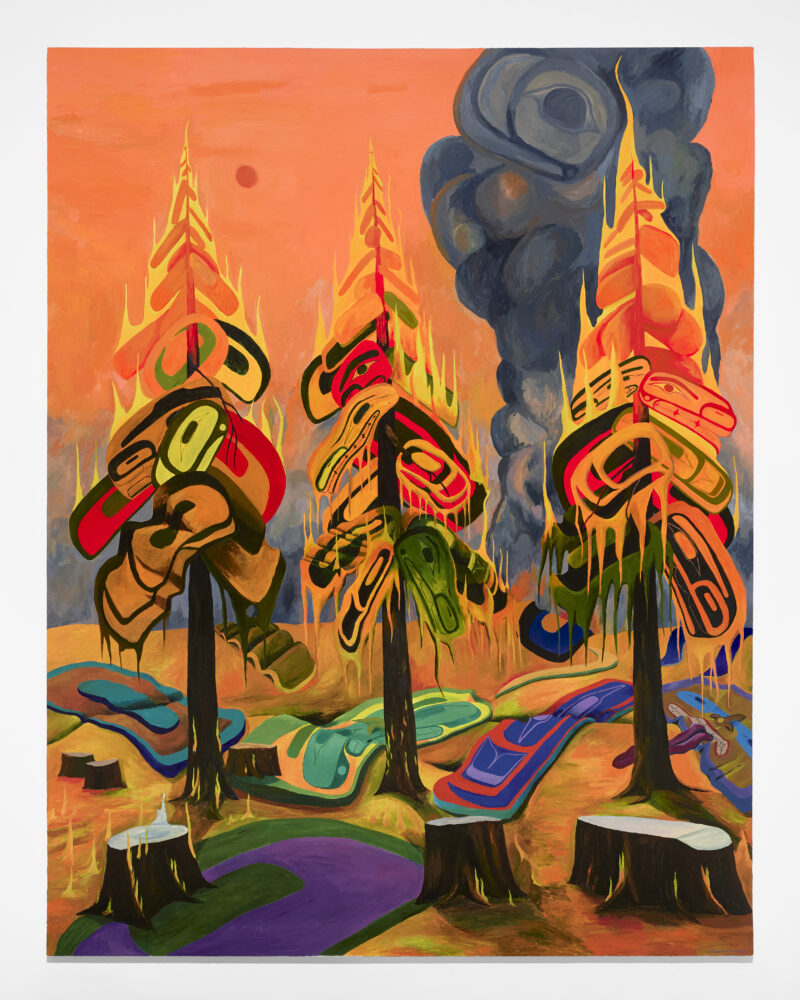
Lawrence Paul Yuxweluptun, Fire Landscape, 2023, Acrylic on canvas, 108 x 84”, Peabody Essex Museum Collection
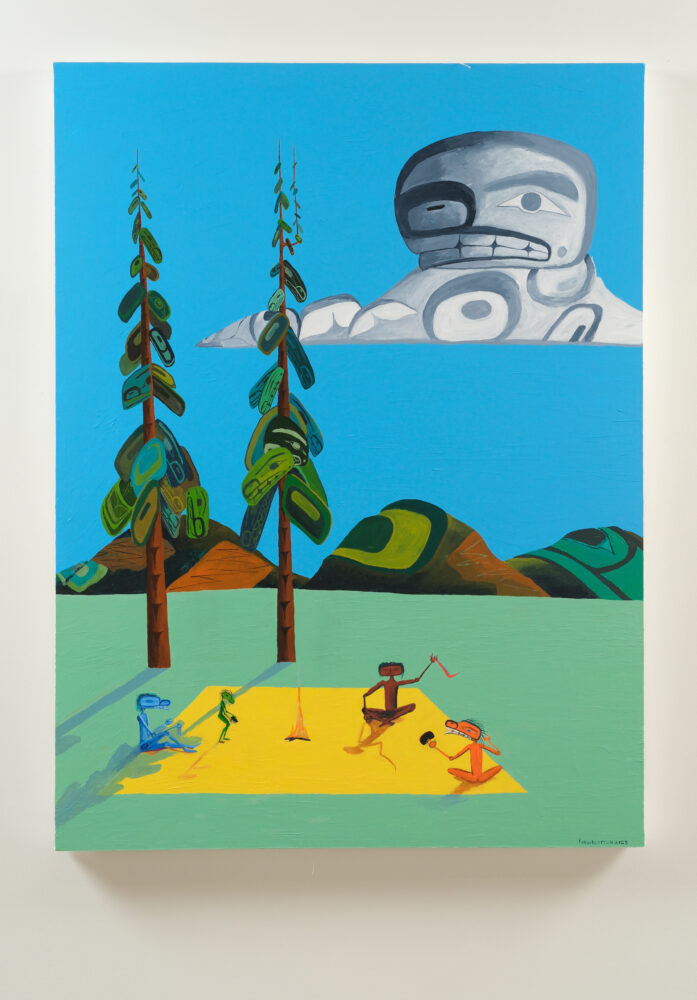
Little Colonial Reservations in British Columbia, Land Reserved for Indians Under the Indian Act, 2023, Acrylic on canvas, 48 x 36 ′′

Along The Coastal Shores of the Salish Seas Traditional Native Territories,
2023,
73 x 97",
Acrylic on canvas
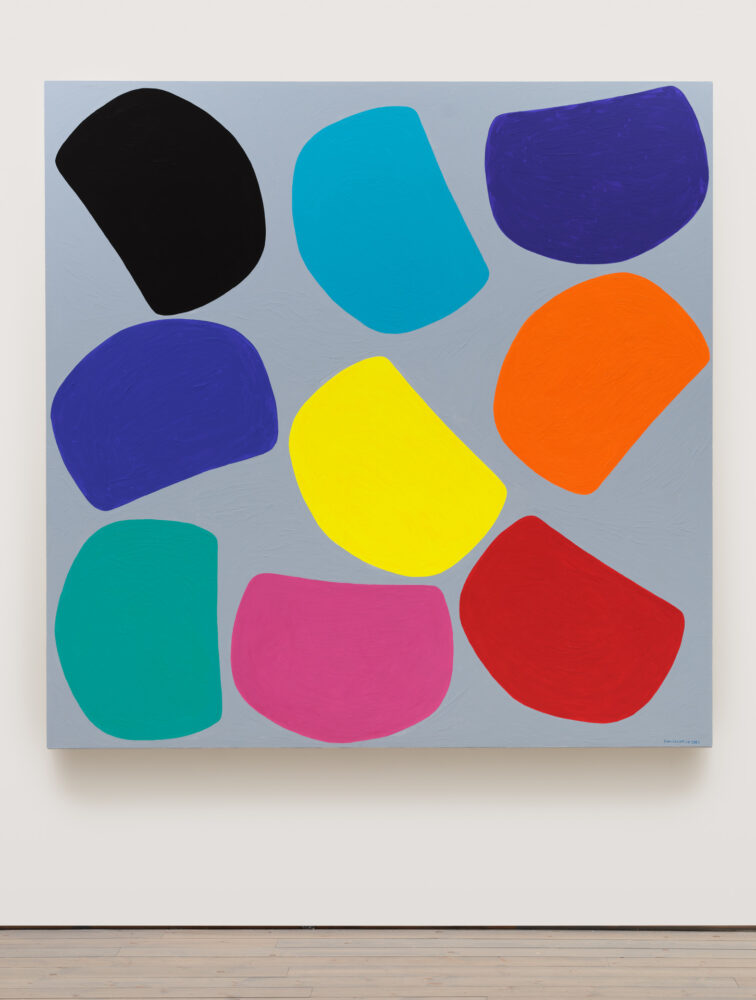
Neo Ovoids, 2023, Acrylic on canvas, 72 x 72”
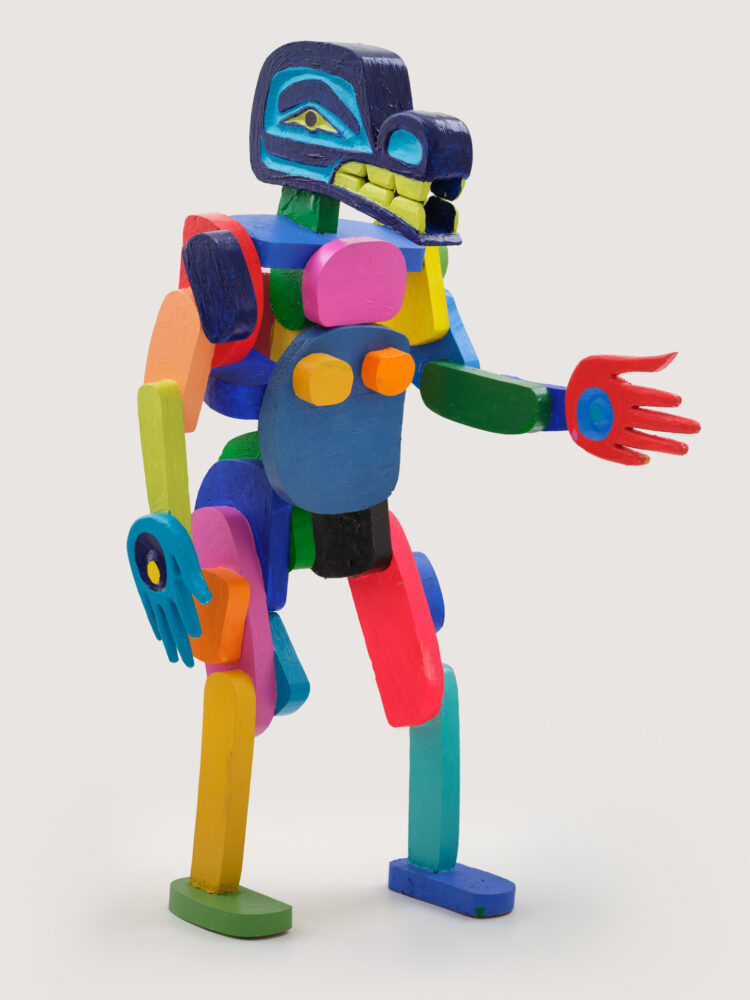
Spirit Walker, 2023, Acrylic on cedar, 24 x 13 x 13”
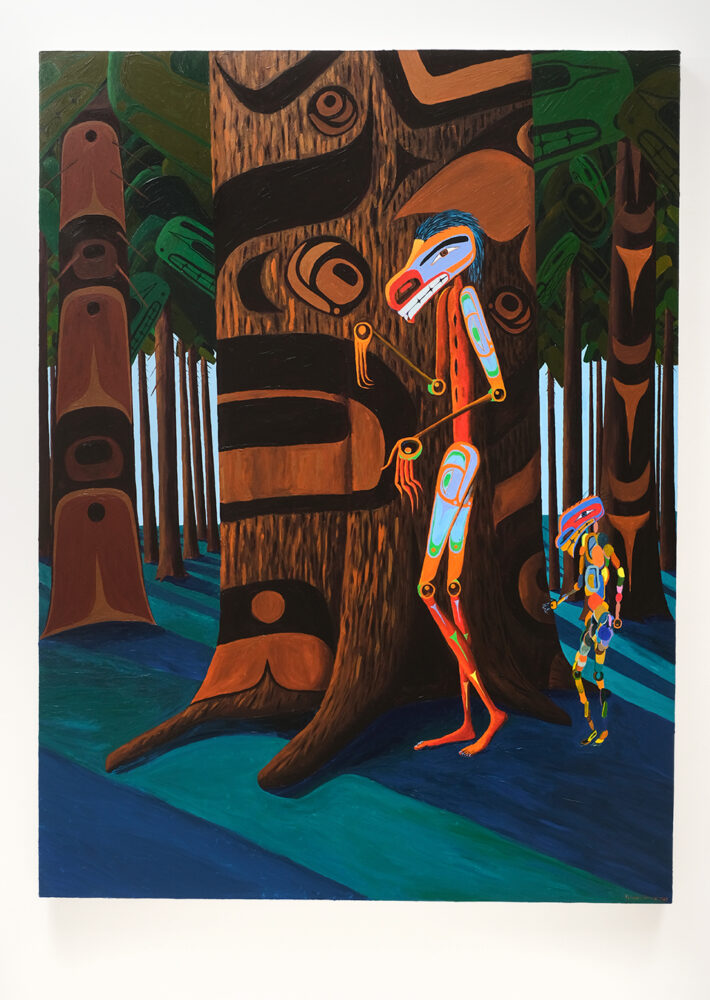
Our Ancestral Spirits Walk With Us,
2022,
72 x 54”,
Acrylic on canvas
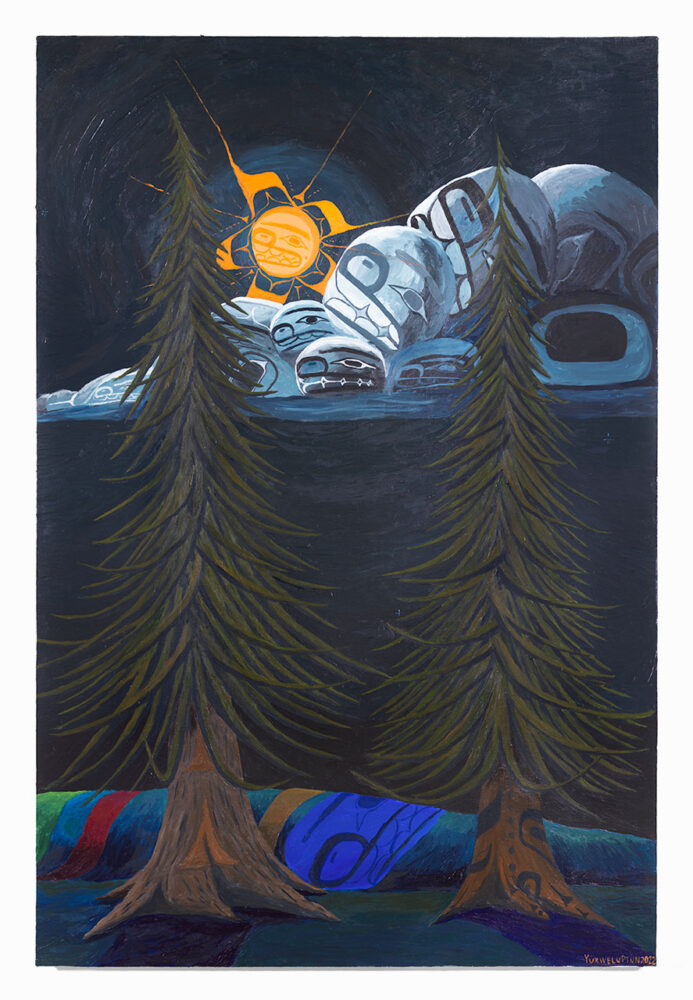
Harvest Moon,
2022,
54 x 36”,
Acrylic on canvas
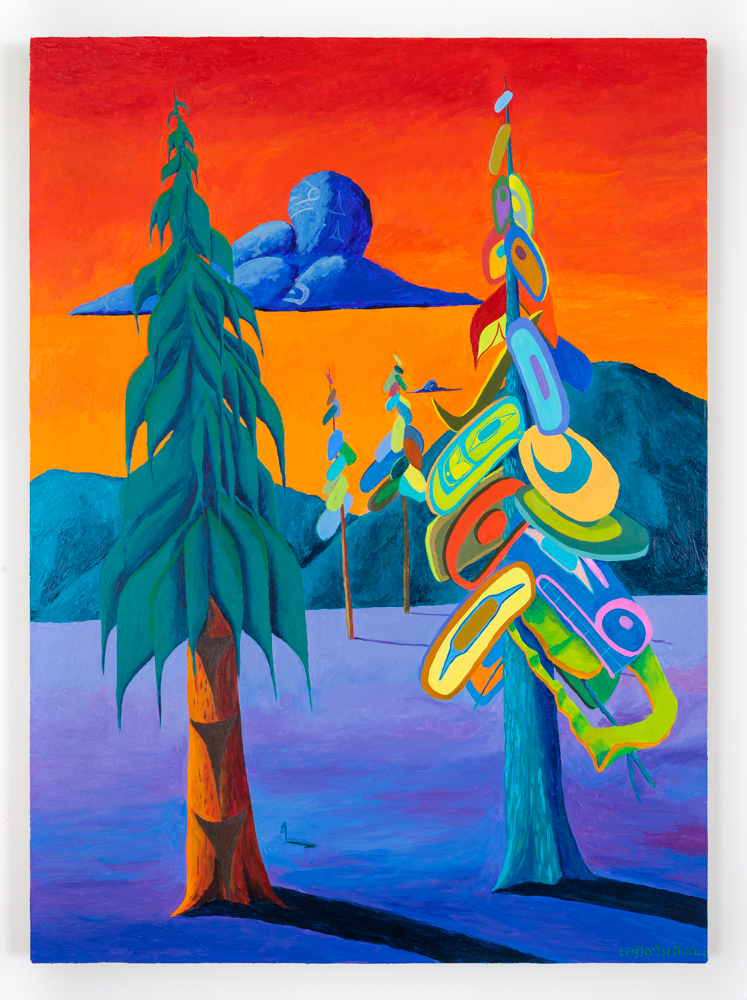
Untitled ( landscape),
2020,
35.35 x 26",
acrylic on canvas
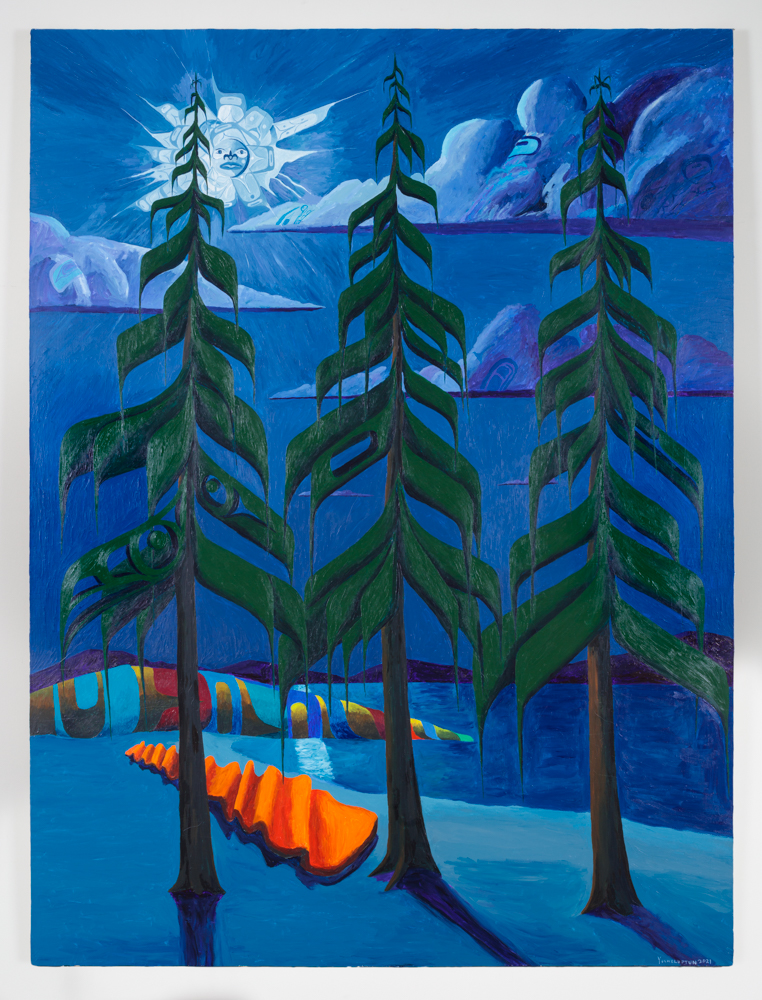
The Other side of the Inlet ,
2021,
72 x 54”,
acrylic on canvas
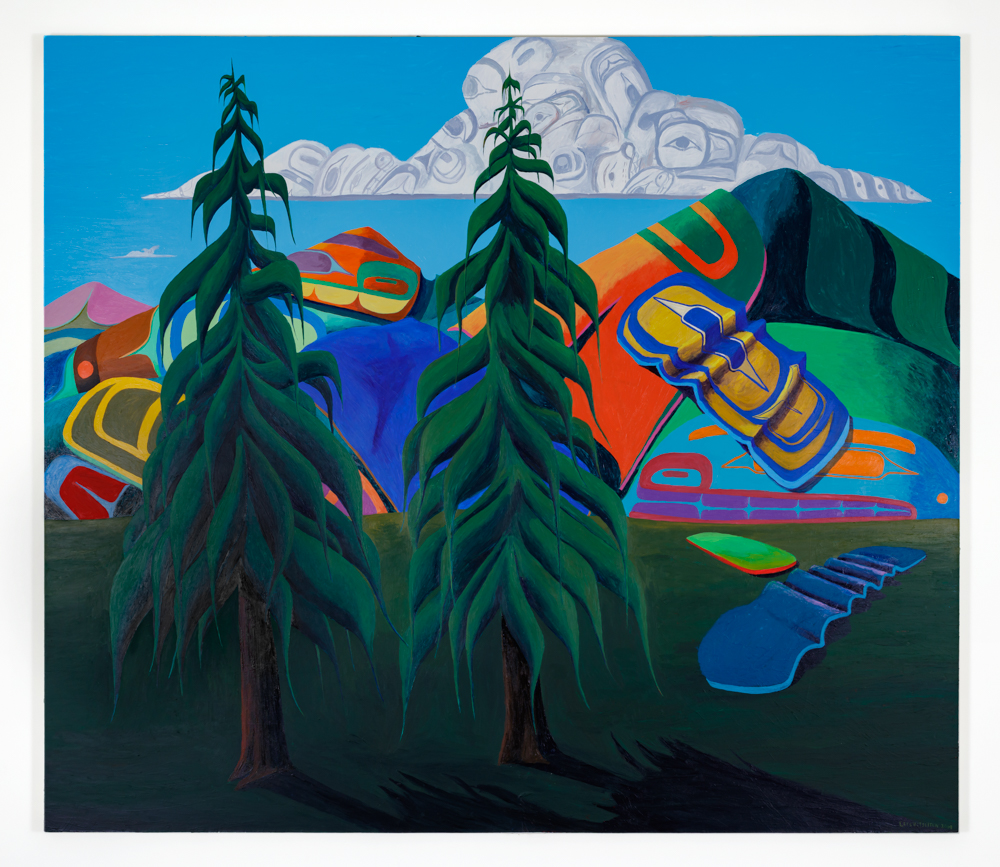
Untitled (Landscape),
2020,
84 x 96",
Acrylic on canvas
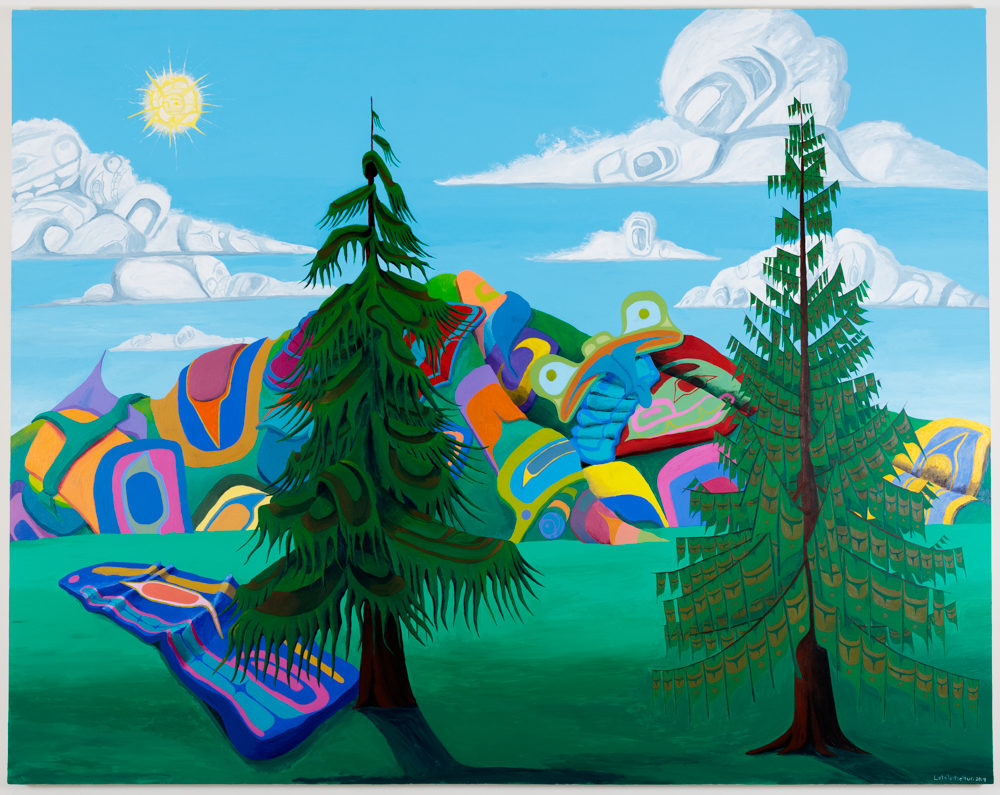
Northwest Coast Climate Change,
2019,
76 x 96",
Acrylic on Canvas

Indian World My Home and Native Land,
2012,
120 x 84",
Acrylic on canvas
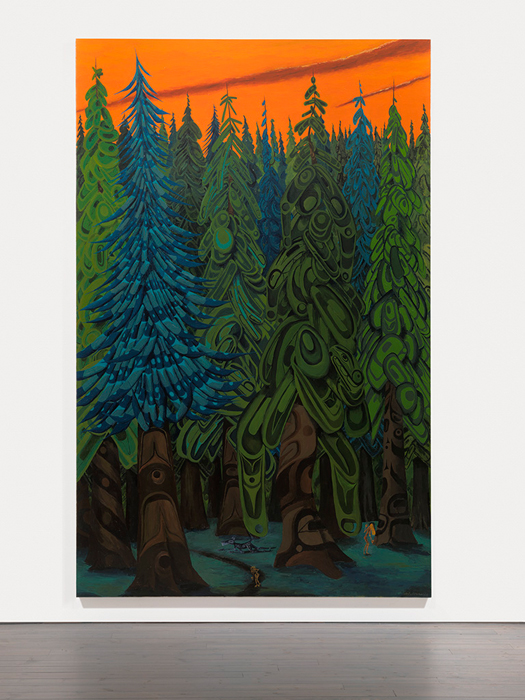
Natives playing on the Land ,
2015,
108 x 72",
acrylic on canvas
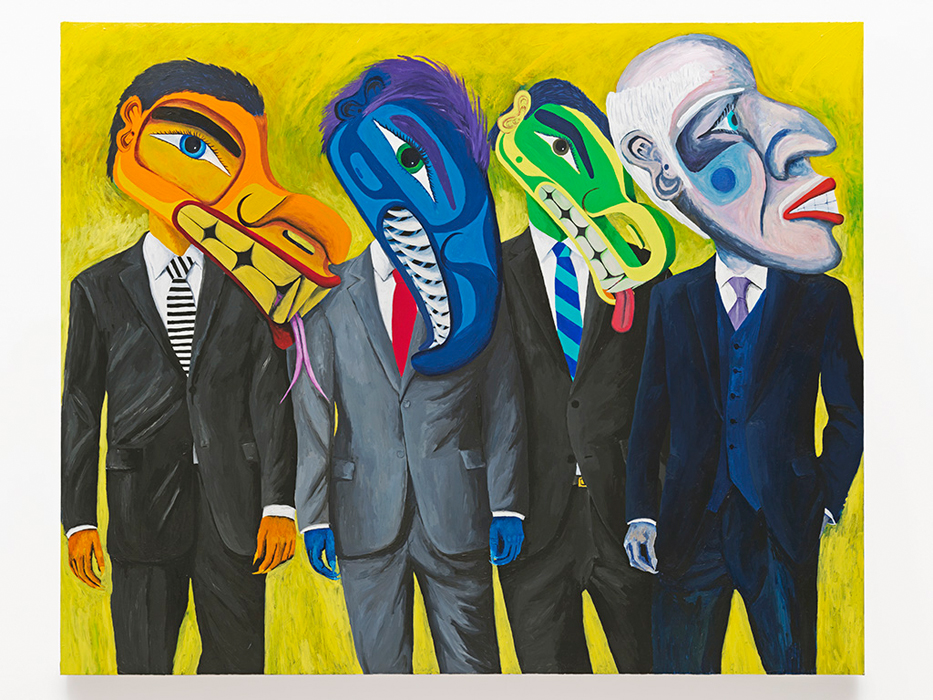
The One Percent,
2015,
84 x 60",
acrylic on canvas
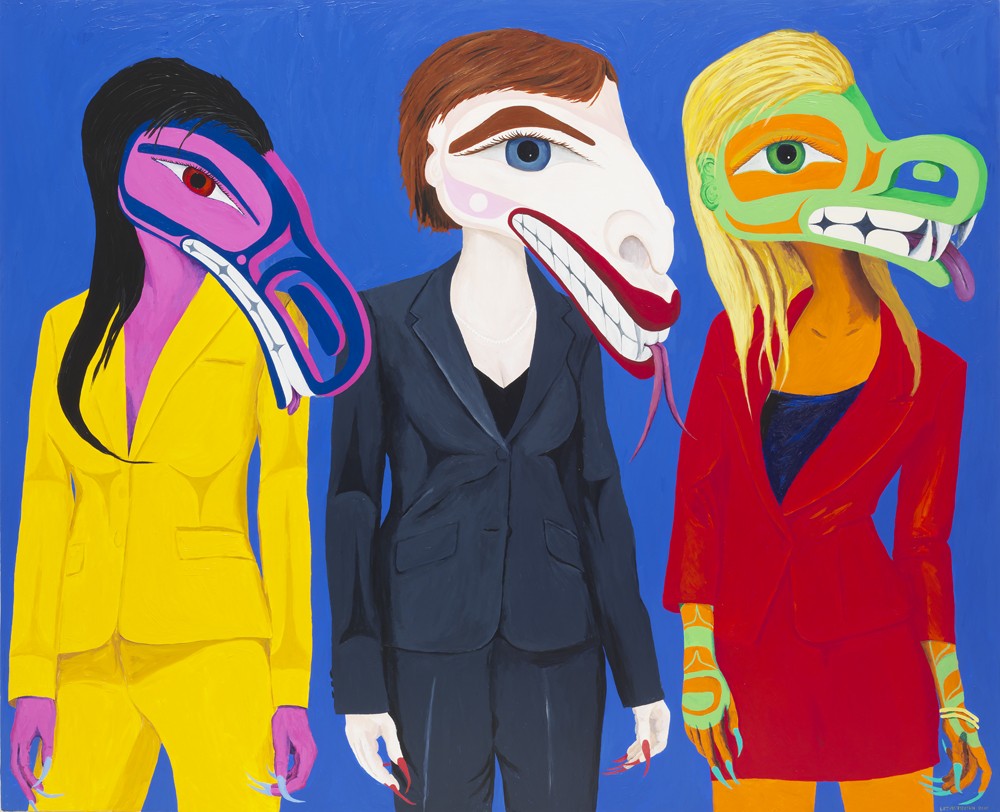
Christy Clark and the Kinder Morgan Go-Go Girls,
2015,
acrylic on canvas, Photo credit: Maegan Hill-Carroll, Vancouver Art Gallery,
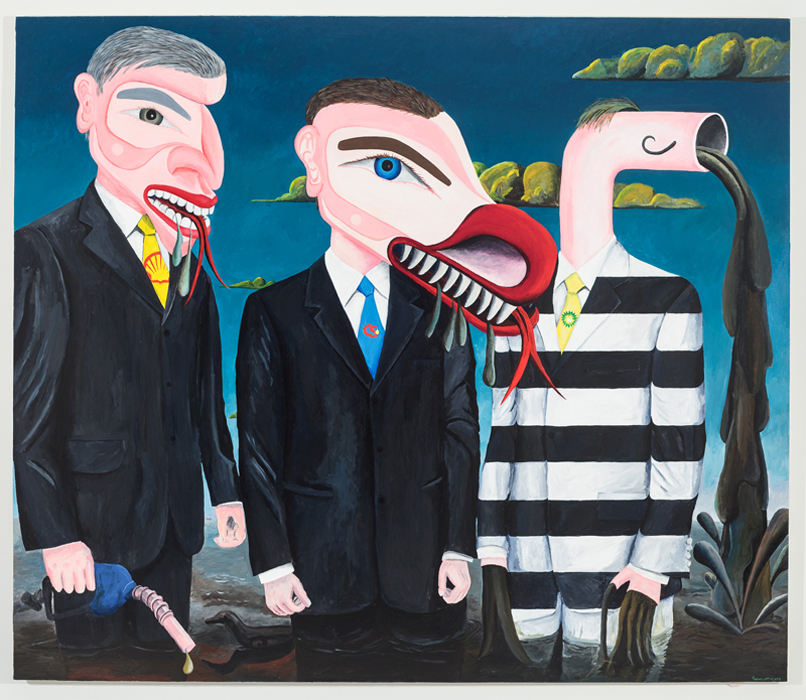
Fucking Creeps They’re Environmental Terrorists,
2013,
84 x 72”,
Acrylic on canvas
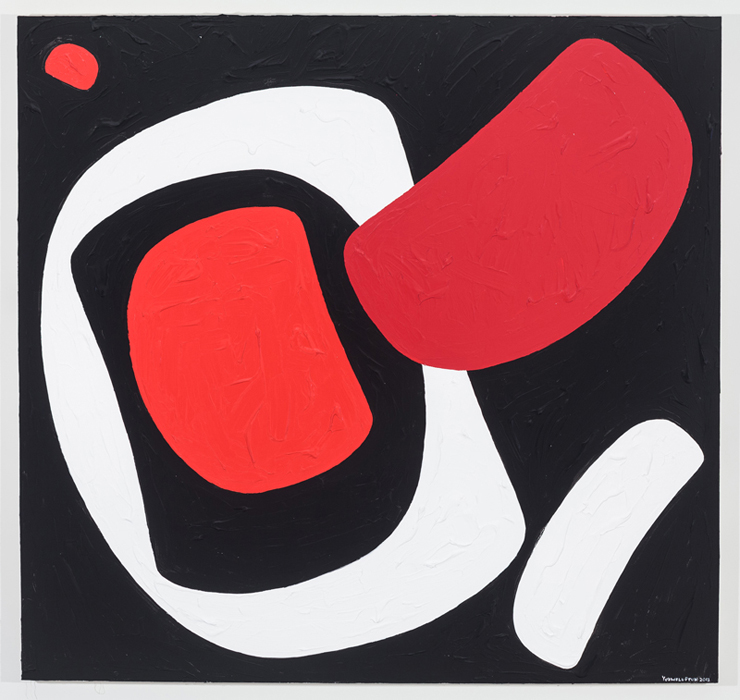
The Direction of Land Claim Negotiations,
2013,
72 x 68”,
Acrylic on Canvas
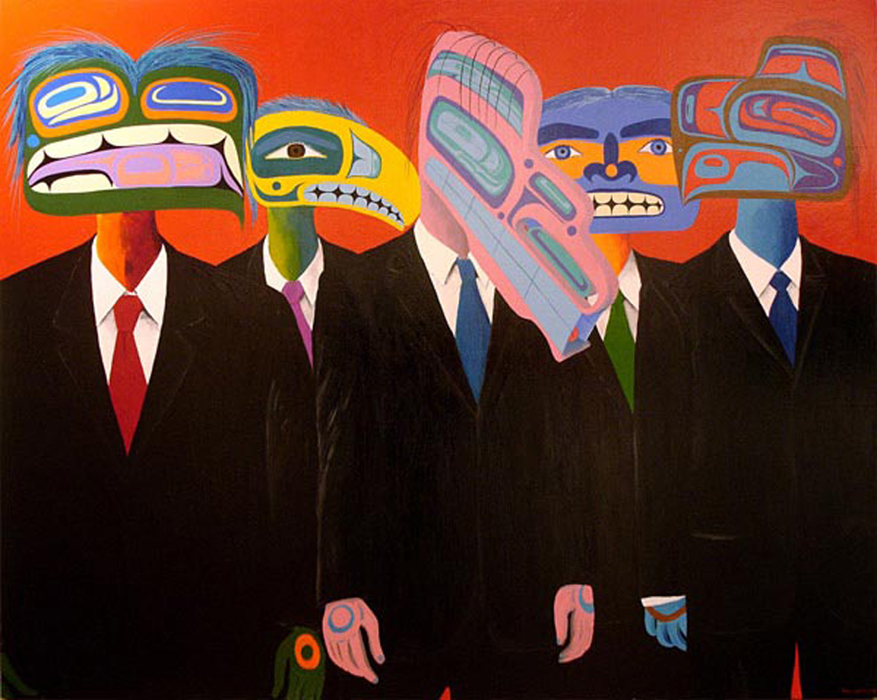
New Chiefs on the Land,
2016,
66 x 84",
Acrylic on canvas
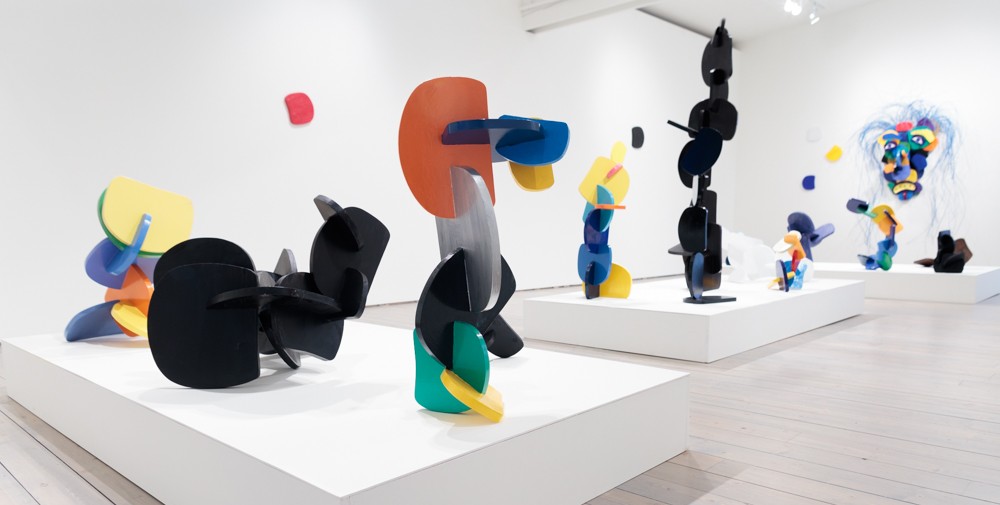
Installation view, Lawrence Paul Yuxweluptun: Neo-Totems ,
2016,
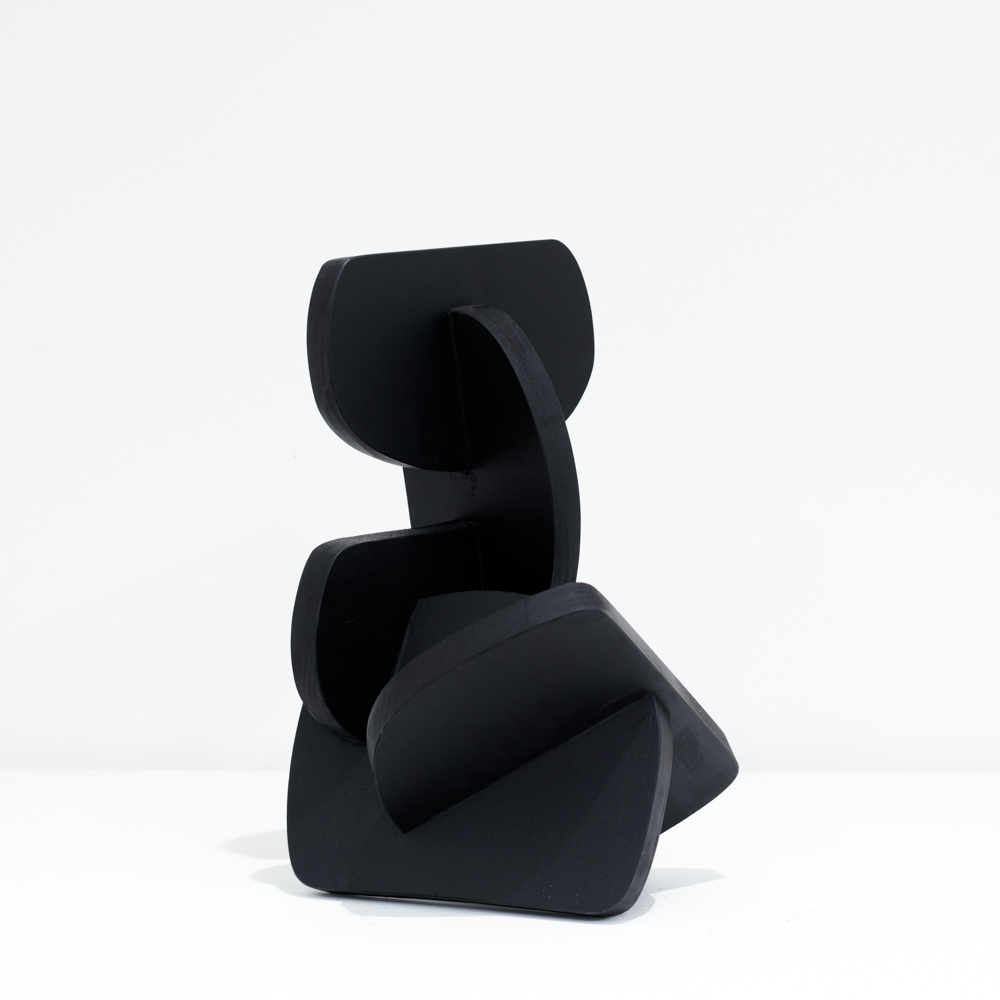
Untitled,
16 x 11 x 10",
cedar, acrylic
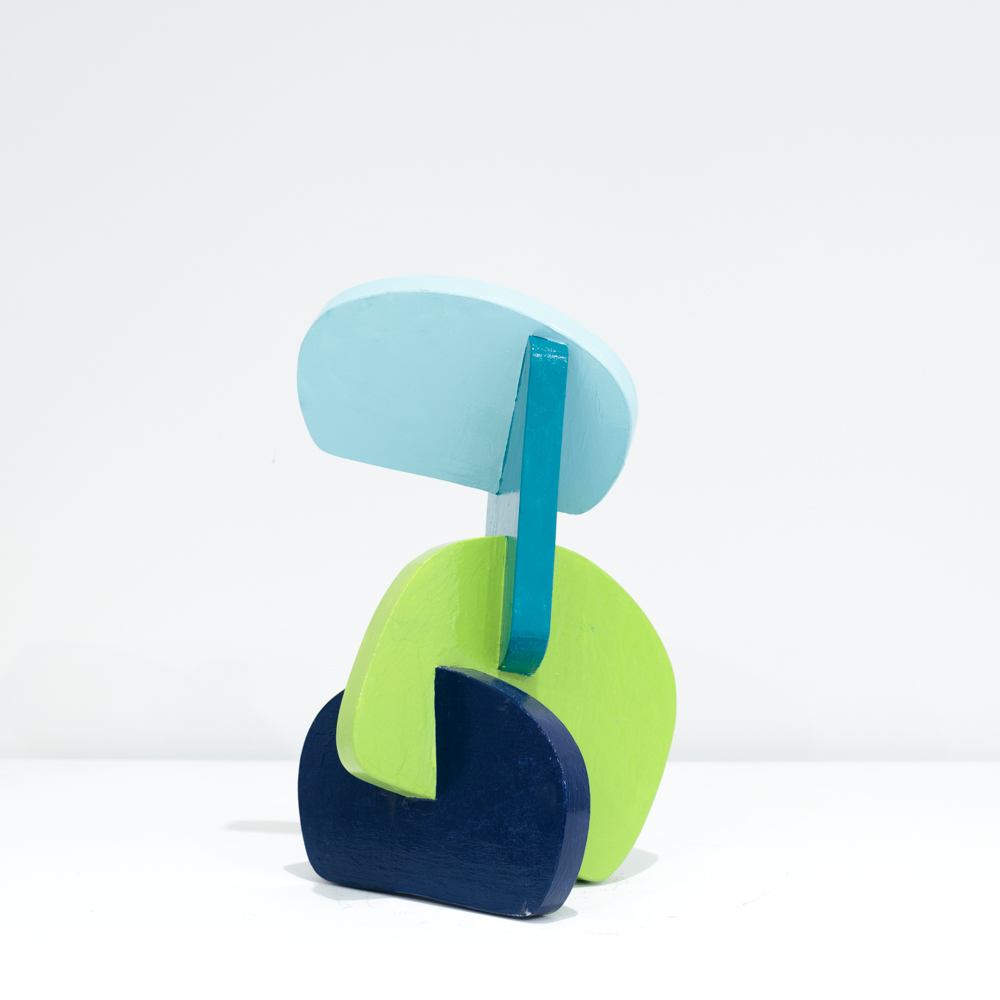
Untitled ,
2016,
15 x 9 x 10",
cedar, acrylic
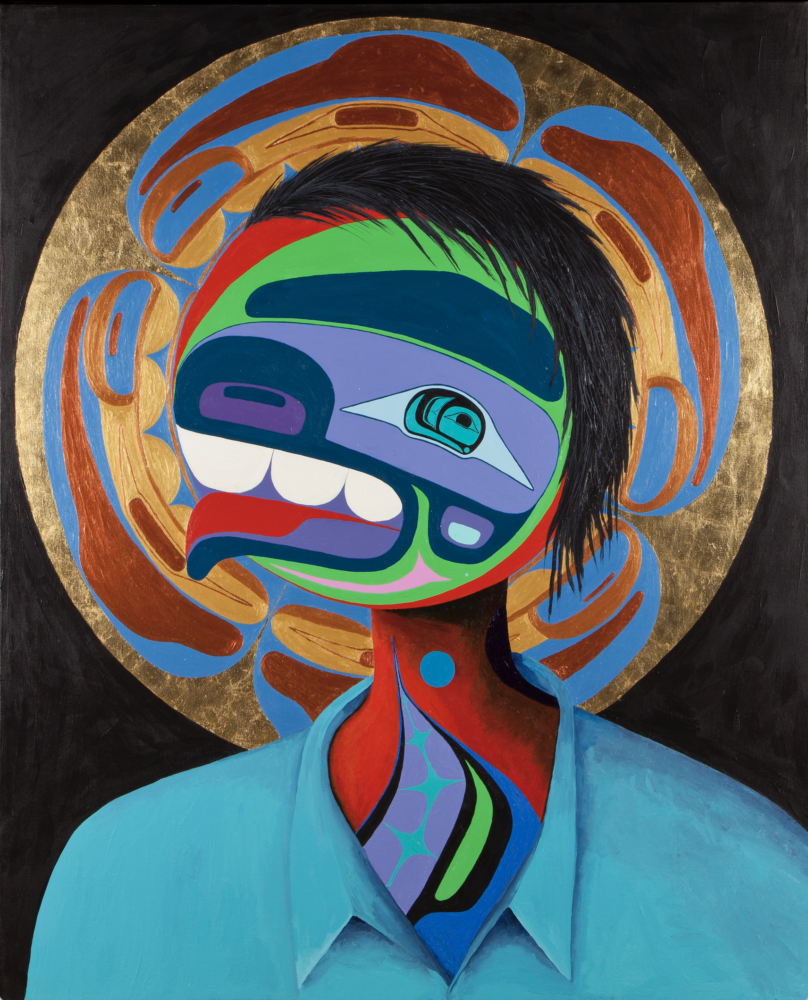
Portrait of a Residential School Child ,
2005,
63.3 x 52.8",
Acrylic on canvas
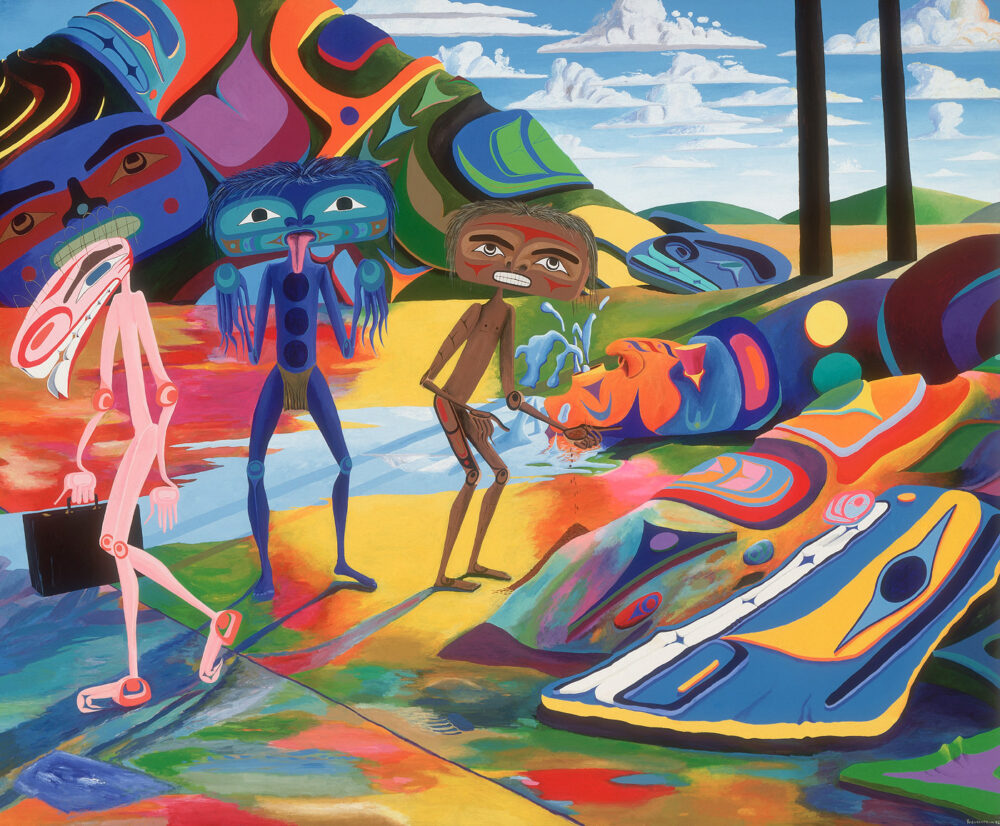
The Impending Nisga’a’ Deal. Last Stand. Chump Change, 1996, Acrylic on canvas 80 x 96". Collection Vancouver Art Gallery. Photo credit: Trevor Mills,
